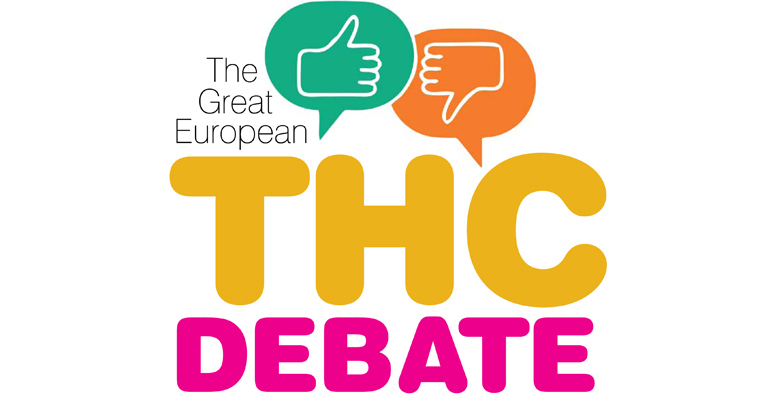An increase in the THC level for industrial hemp crops to 0.3% will ease the path to EU agricultural support programs for European farmers beginning in 2023.
Included in the new Common Agricultural Policy (CAP) adopted by the European Council yesterday, the change means farmers may receive direct EU subsidies if they plant hemp varieties registered in the official EU seed catalog, which requires them to be stable at less than 0.3% THC. The previous EU directive for THC in hemp, which remains in effect through 2022, sets 0.2% as the limit for subsidy programs.
Expanding varieties
The increase to 0.3% THC, which was approved last year by the European Parliament, can eventually expand options for farmers by making viable a number of existing high-yield hemp cultivars from Northern and Eastern Europe that express THC levels beyond 0.2% but less than 0.3%. European growers have been limited to roughly 60 approved varieties under the 0.2% THC constraint.
The THC increase can also rejuvenate European seed science, leading to the development of more specialized varieties for fiber, grain and flowers for CBD – genetics that European researchers were not incentivized to develop under the 0.2% THC limit.
In addition to the subsidies, access to a wider range of planting seed means farmers can match varieties to different soil and climatic conditions, resulting in more efficient farming and plants that have higher resistance to diseases.
The most immediate impact of the THC increase will be to shield farmers from their crops going hot, or over the THC limit beginning in 2023.
Seeds take time
But additional registered cultivars cannot be expected anytime soon as it takes three years of planting trials, testing and bureaucracy to get new varieties approved for inclusion in the EU plant catalog.
While the THC increase is a victory for EU hemp stakeholders, it comes as more progressive countries around the world move to a full 1.0% THC as the line distinguishing hemp from marijuana. That is particularly important for CBD production because CBD rises in proportion to THC in industrial hemp plants. Failure to develop CBD hemp varieties specifically has put Europe at a disadvantage in the global CBD business and European producers remain at risk of falling farther and farther behind in the isolate markets amid the trend to 1.0% THC.
EU THC levels apply exclusively as a criterion for direct EU subsidies and EU Rural Development Programme funds. EU member states may set higher national THC limits, but those crops do not qualify for the EU farm supports.
Outliers in Europe
The Czech Republic established a law that pushes the THC level beyond the EU guidance, adopting the 1.0% standard earlier this year. Italian hemp growers operate under a national THC limit of 0.6%. For now, those higher standards offer little in terms of financial incentives. But if other member states also adopt the 1.0% THC limit, it could eventually prompt the EU to do the same.
The new Common Agricultural Policy also includes hemp in the list of products that can be regulated via marketing standards that aim to improve the economic conditions for production and marketing, and ensure the quality of agricultural products. Those rules include a wide array of norms concerning such things as technical definitions, labeling, packaging, substances and methods used in production, type and place of farming, and other aspects involved in the hemp value chain.

